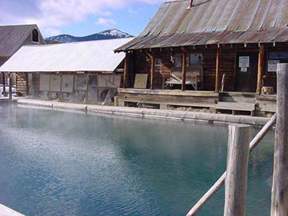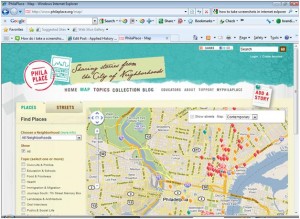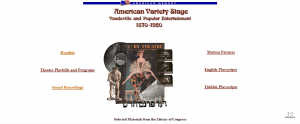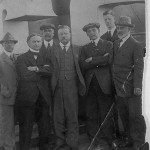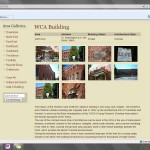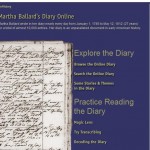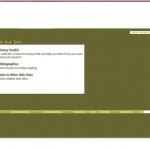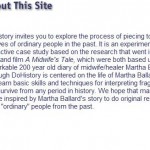The early history of the territory that would become the present day state of Idaho was a history of those passing through on their way to another destination. Whether it was the fur trappers of the mountain man era passing through on their way to find rivers rich with beaver pelts or early settlers on their way through to the fertile valleys of the Oregon or California, Idaho wasn’t seen as a place to settle down. All that changed with the discovery of gold by E.D. Pierce in 1863 and along with the hordes of gold seekers, Idaho would have the distinction of being the only state in the union to be settled with a west to east migration!
Within a few short years after Pierce’s discovery, similar strikes were made in Florence, Warren and Idaho City along with discoveries in Centerville, Placerville and a hundred other boom to bust towns that make up Idaho’s mining history. And make no doubt about it, Idaho was settled and built by the mining industry. Soon after the discovery of these precious metals, came the industries and businesses needed to support them. Those thousands of miners needed food and supplies, lumber for building their saloons, shops and schools and plenty of whiskey and other “entertainment” to get them through the long, cold Idaho winters.
Fast forward almost 150 years and all that remains of those bustling boom towns are some dilapidated buildings, a few mine tailings and a scattered history of a bygone era. Those towns that sprouted out of the forests, sagebrush and river valleys to supply the mines have grown up to be modern cities with few connections to their mining roots. Almost every one of those people strolling through the streets of Lewiston or shopping the stores in Boise have no idea that a little over 100 years ago the fortunes of both “towns” were tied directly to the mining regions they supplied.
There are many difficulties that arise when we start to discuss how best to share this rich history of Idaho’s mining industry with the public. Many are unaware of the location of these mining towns. With Idaho’s vast geography and extreme winters, most of the ghost towns of the mining era are difficult if not impossible to get to part of the year. Some are only accessible by four-wheel-drive or ATV vehicles. But the visuals of these ghost towns are necessary to fully understand the history of this era so the question becomes how do we overcome these difficulties and insure that the general public have access to our rich mining history?
My public history project will attempt to solve these problems and will hopefully shine the light on Idaho’s mining history. Because Idaho’s mining areas are scattered throughout Idaho, my project will combine all the attributes of an auto tour guide, walking guide, history guide, naturalist guide and recreational guide. With the thought that most people will be driving from Idaho’s major population centers, the first part will be an auto tour to the mining town. The second part will be a walking tour around the town. I will also include an optional ATV tour so that those with offroad machines can tour the surrounding area.
The current website that I found a while back and will be using as an example can be accessed through the links below. Although it is fairly simplistic and isn’t as polished as other websites, it contains the basic ingredients that I believe, when improved upon, will satisfy the needs of my project. It is an auto tour from McCall to the mining town of Warren, along with a walking tour of Warren itself. If you click on the link provided below you can seen that it includes information on mileage from McCall, natural resources of the area like Payette Lake, wildlife and their habitat and of course the history of the area. The website was completed by some locals who live part of the year in Warren. I believe it was created for other “locals” who live in and near Warren as well as for those who annually visit Warren. The people who created it love the area and wanted to share that love with others. I do believe it is replicable and plan to use this format and duplicate it for each mining town in the state. Below is a picture of the pool at Burgdorf Hot Springs which is on the way to Warren, along with some information provided.
